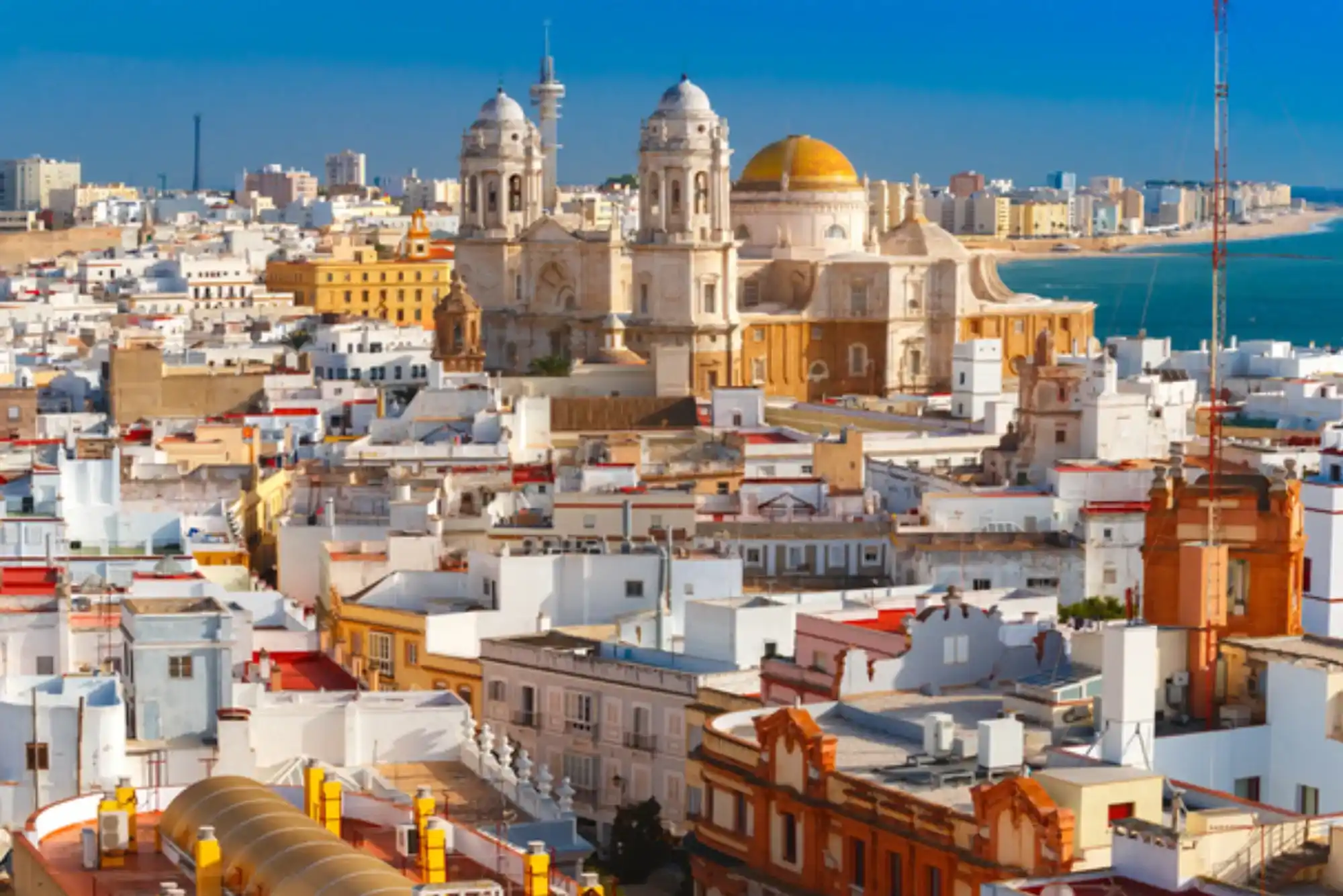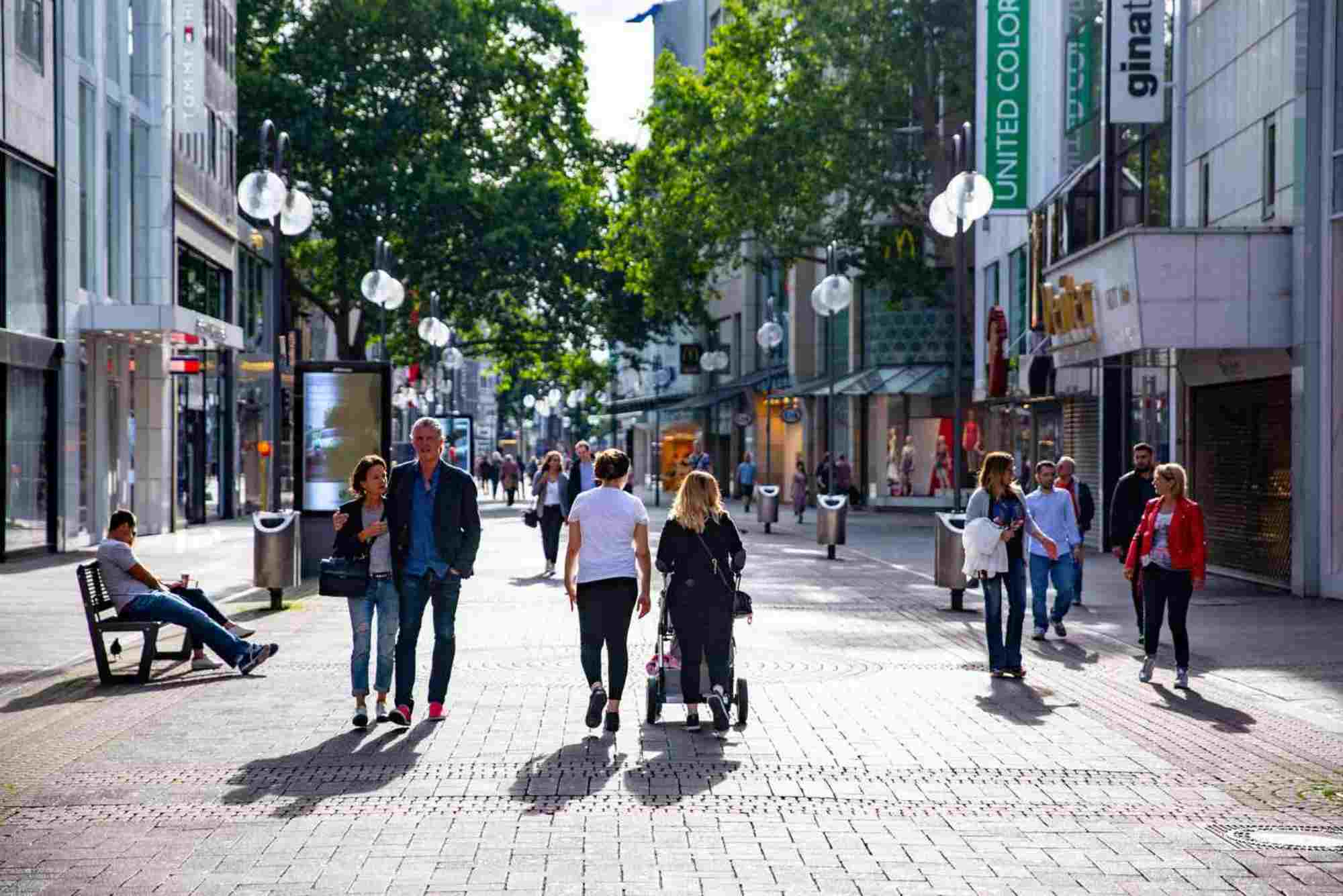The Ancient Beginnings of Cádiz
Cádiz, one of the oldest continuously inhabited cities in Europe, boasts a history that dates back over 3,000 years. Founded by the Phoenicians around 1100 BCE, this coastal gem was originally known as Gadir. Its strategic location on the Atlantic coast made it a vital hub for trade and cultural exchange. The Phoenicians established Cádiz as a center for commerce, connecting the Mediterranean with the Atlantic world.
As you stroll through the city today, remnants of its ancient past can still be seen. From the ruins of the Phoenician port to the artifacts displayed in local museums, Cádiz offers a unique glimpse into the early days of European civilization. For those interested in exploring this rich history, a Free tour Cádiz is an excellent way to uncover the city’s ancient secrets.
Roman Influence and the Golden Age
Following the decline of the Phoenicians, Cádiz fell under Roman control in 206 BCE. The Romans renamed the city Gades and transformed it into a thriving colony. During this period, Cádiz became renowned for its salted fish and garum, a fermented fish sauce highly prized across the Roman Empire. The city also flourished as a cultural and architectural hub, with amphitheaters, aqueducts, and temples dotting its landscape.
Visitors can still witness the Roman legacy in Cádiz today. The Roman Theater, discovered in 1980, is one of the largest in Spain and a testament to the city’s historical significance. A Free walking tour Cádiz often includes stops at these ancient landmarks, providing a deeper understanding of the city’s Roman heritage.
The Moorish Era and Medieval Cádiz
In 711 CE, the Moors conquered Cádiz, ushering in a new era of cultural and architectural innovation. Under Islamic rule, the city became a melting pot of traditions, blending Moorish, Christian, and Jewish influences. The Moors fortified Cádiz with walls and towers, some of which still stand today, offering a glimpse into the city’s medieval past.
During this time, Cádiz also served as a vital link between the Iberian Peninsula and North Africa. Its strategic importance continued to grow, setting the stage for its role in the Age of Exploration. Exploring the city’s medieval quarters reveals a tapestry of history that reflects its diverse cultural heritage.
The Age of Exploration and Cádiz’s Maritime Legacy
The 15th and 16th centuries marked a turning point for Cádiz as it became a key player in Spain’s maritime endeavors. The city served as a launching point for expeditions to the New World, including Christopher Columbus’s second voyage in 1493. Cádiz’s port buzzed with activity as ships loaded with goods, gold, and silver arrived from the Americas.
This era of prosperity brought wealth and prestige to Cádiz, transforming it into one of Spain’s most important cities. The city’s maritime legacy is celebrated in its museums and monuments, offering visitors a chance to delve into this fascinating chapter of history.
The 18th Century: Cádiz’s Golden Age
By the 18th century, Cádiz had become the epicenter of Spain’s trade with the Americas. The city’s wealth attracted merchants, artists, and intellectuals, fostering a vibrant cultural scene. The construction of the Cathedral of Cádiz, with its iconic golden dome, symbolized the city’s prosperity and ambition.
Walking through the streets of Cádiz today, one can still feel the echoes of this golden age. The city’s architecture, from its grand plazas to its ornate churches, reflects the opulence of this period. A guided tour offers an immersive experience, bringing the history of Cádiz to life.
The Napoleonic Wars and Cádiz’s Role in Spanish History
During the early 19th century, Cádiz played a pivotal role in Spain’s fight against Napoleon. The city became a bastion of resistance, withstanding a two-year siege by French forces. It was during this time that the Cádiz Cortes, Spain’s first national assembly, convened in 1812 to draft the country’s first liberal constitution.
This historic event, known as the Constitution of Cádiz, marked a significant step toward democracy in Spain. The city’s resilience and determination during this period are commemorated in its monuments and museums, offering a powerful reminder of its historical importance.
Modern Cádiz: A Blend of History and Culture
Today, Cádiz is a vibrant city that seamlessly blends its rich history with modern culture. Its narrow streets, colorful facades, and lively plazas create a unique atmosphere that captivates visitors. From its bustling markets to its world-class festivals, Cádiz offers something for everyone.
Whether you’re a history enthusiast, a foodie, or a beach lover, Cádiz has it all. A Free tour Cádiz provides an excellent introduction to the city’s many charms, allowing you to explore its past and present in a single journey.
Conclusion: Lessons from Cádiz’s History
The history of Cádiz is a testament to the resilience and adaptability of its people. From its ancient Phoenician roots to its role in shaping modern Spain, the city has continually reinvented itself while preserving its unique identity. Its story offers valuable lessons about the importance of cultural exchange, innovation, and perseverance.
As you explore Cádiz, you’ll not only uncover the layers of its past but also gain a deeper appreciation for its enduring spirit. The city’s history is a reminder that even in the face of challenges, communities can thrive and leave a lasting legacy for future generations.




